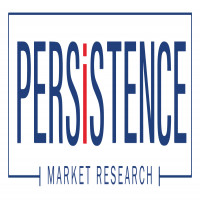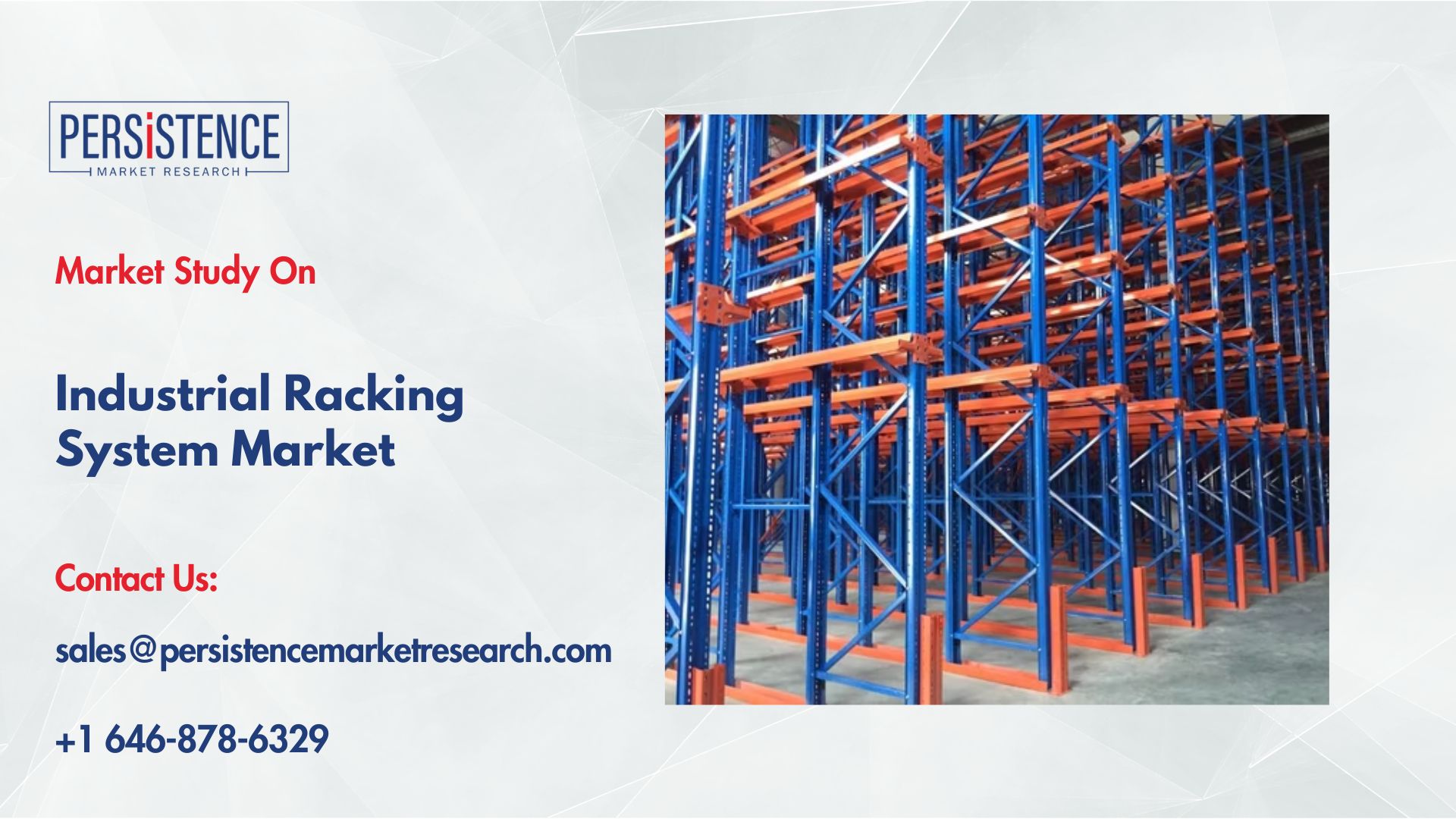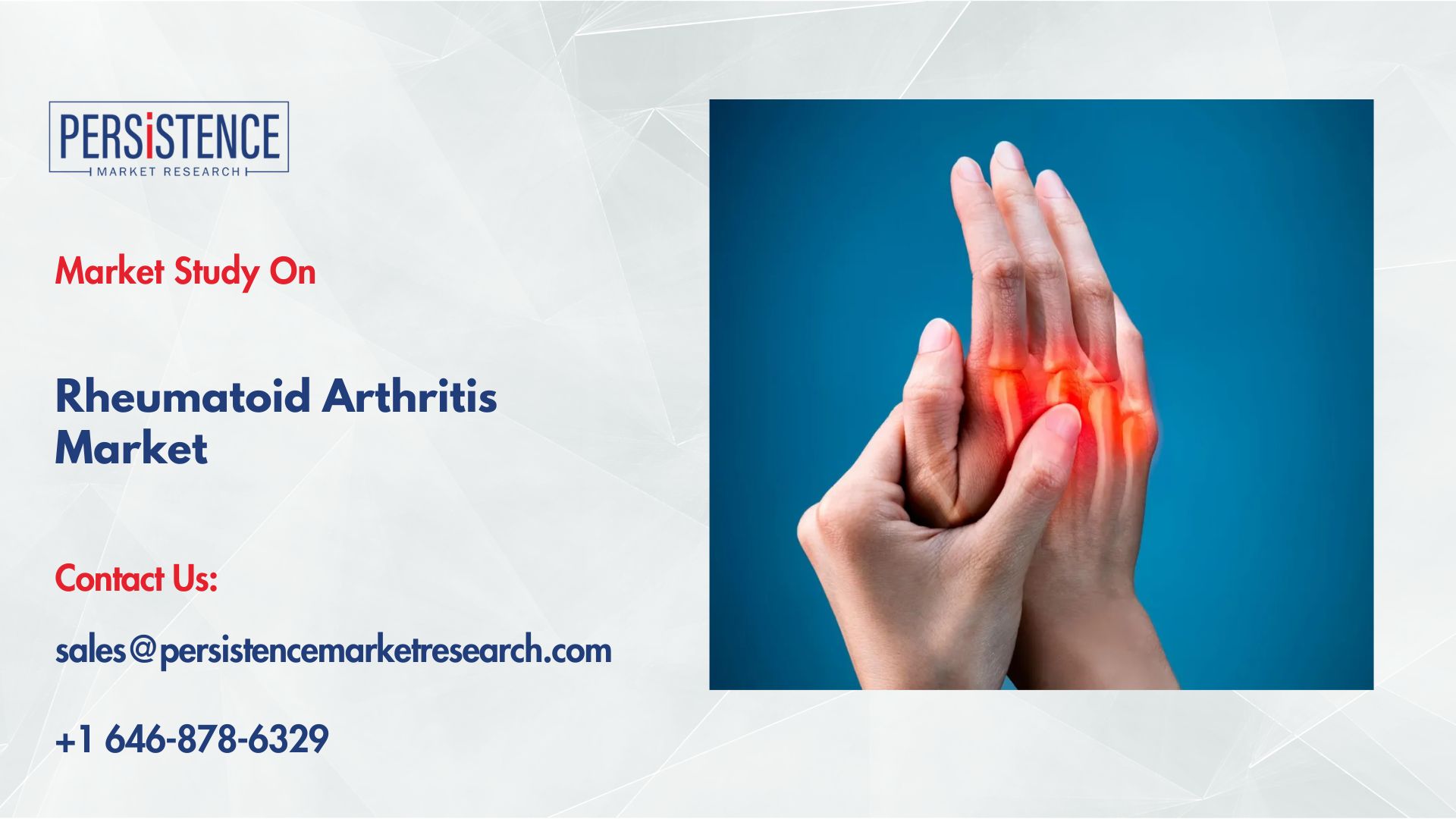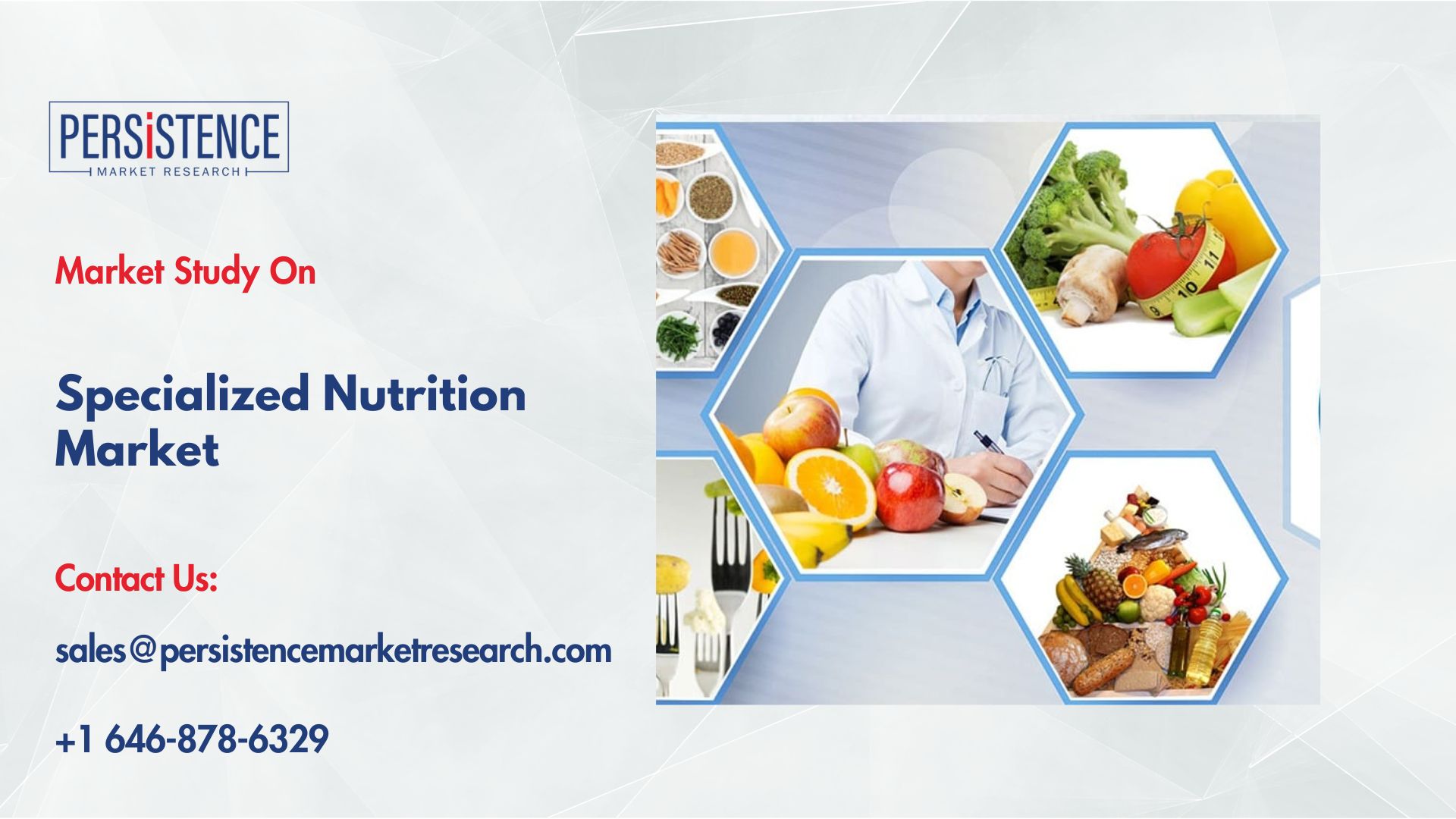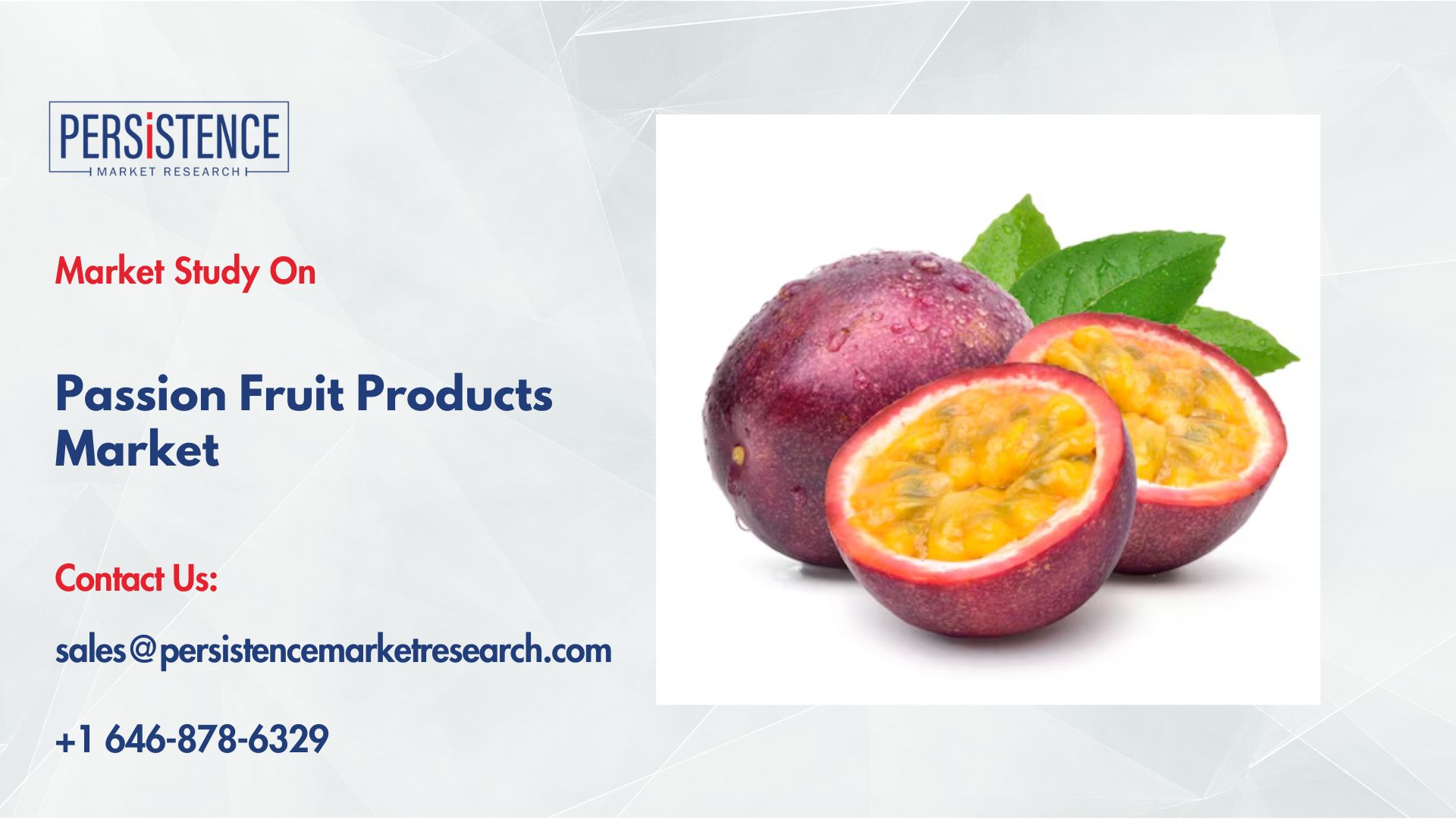Injectable Drug Delivery Market Growth Accelerates via Connected Devices
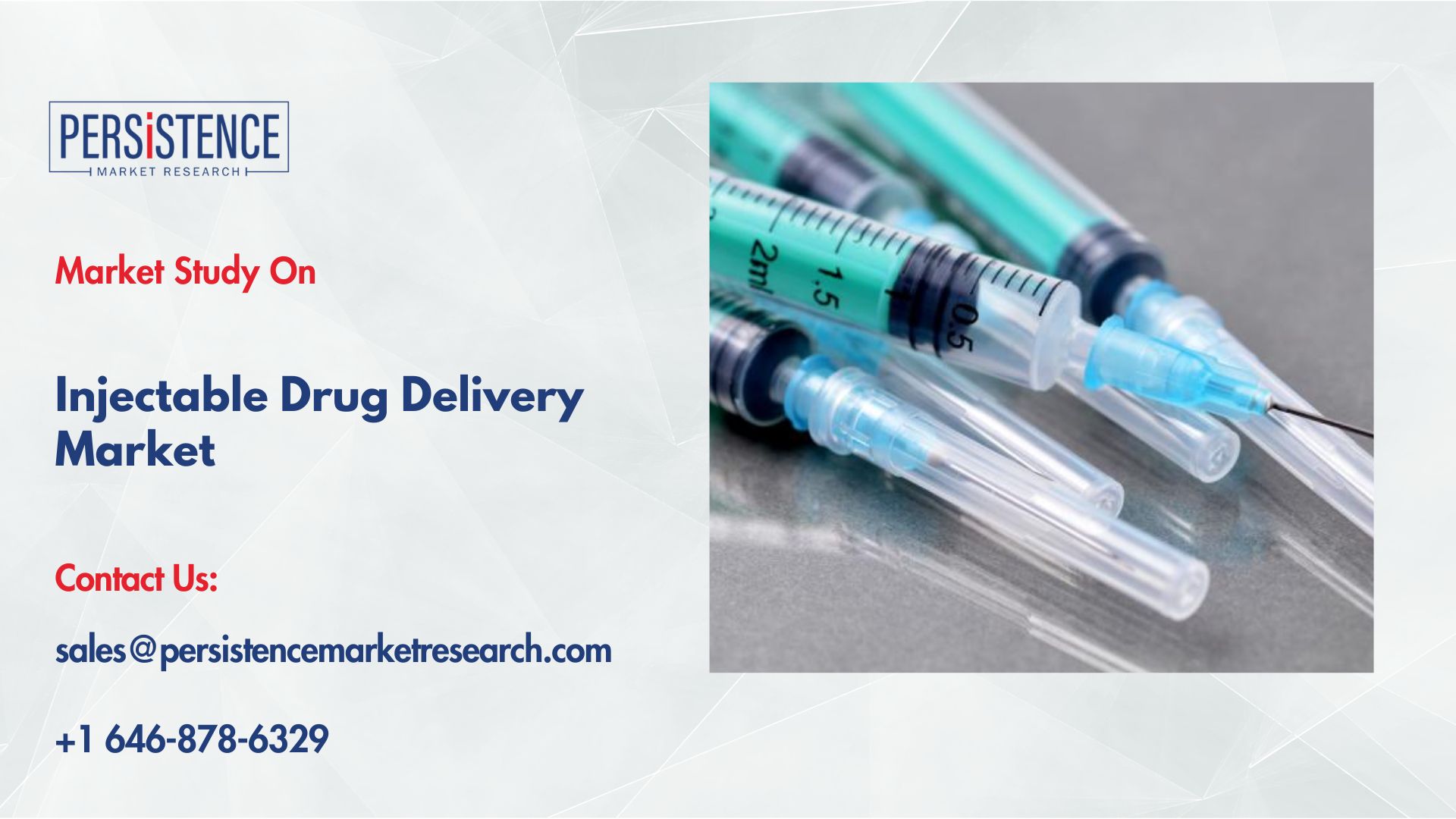
Strong 8k brings an ultra-HD IPTV experience to your living room and your pocket.
Injectable Drug Delivery Market: Transforming Healthcare Through Innovation and Convenience
The global injectable drug delivery market is on the cusp of a major transformation. With an estimated valuation of US$ 780.0 billion in 2025 and projected growth to reach US$ 1,410.1 billion by 2032, the injectable drug delivery market is anticipated to grow at a robust compound annual growth rate (CAGR) of 8.8% between 2025 and 2032. This dynamic growth is fueled by several converging forces—rising prevalence of chronic diseases, rapid advancements in biologic therapies, increasing patient preference for at-home treatment, and the technological revolution in smart injectors and connected drug delivery systems.
As healthcare systems worldwide shift toward patient-centric care models, injectable drug delivery systems have emerged as a linchpin in achieving efficiency, convenience, and better treatment outcomes. From insulin pens revolutionizing diabetes care to wearable injectors enabling biologic administration in oncology, the landscape is rapidly evolving to meet modern healthcare demands.
A Growing Burden of Chronic Diseases Fueling Demand
At the heart of this market expansion is the escalating prevalence of chronic diseases such as diabetes, cancer, rheumatoid arthritis, and autoimmune disorders. According to the International Diabetes Federation, over 540 million people globally were living with diabetes in 2024—a number projected to exceed 640 million by 2030. Injectable insulin remains a mainstay of diabetes management, and newer therapies such as GLP-1 receptor agonists (e.g., semaglutide) have further reinforced the importance of injectable solutions in chronic disease care.
In oncology, the injectable route has become indispensable. Biologics such as monoclonal antibodies and checkpoint inhibitors dominate cancer immunotherapy pipelines due to their need for precise, systemic administration. As per the World Health Organization (WHO), new cancer cases are expected to rise from 20 million in 2022 to over 35 million by 2050. Injectable formats are essential in ensuring efficacy, as many of these biologics cannot be administered orally due to degradation in the gastrointestinal tract.
Furthermore, the shift from intravenous (IV) to subcutaneous (SC) delivery—epitomized by Roche’s launch of Phesgo (a subcutaneous formulation of Herceptin and Perjeta)—is accelerating the adoption of home-administered injectables. This trend is driving pharmaceutical companies to reengineer their delivery platforms to enable patients to receive treatments in the comfort of their homes without compromising efficacy or safety.
Technological Innovation Reshaping Delivery Systems
Innovation in delivery technology is one of the primary enablers of market growth. Autoinjectors, wearable injectors, and connected devices are revolutionizing the way injectable drugs are administered. These devices are being engineered to enhance accuracy, reduce pain, improve patient adherence, and ultimately drive better clinical outcomes.
Autoinjectors, in particular, are transforming the patient experience by eliminating manual needle handling and simplifying dosing regimens. These devices have seen rapid adoption in therapeutic areas like rheumatoid arthritis and multiple sclerosis. For instance, adalimumab, a leading treatment for autoimmune diseases, is now widely available in user-friendly autoinjector formats.
Wearable injectors are gaining traction for delivering high-viscosity biologics over extended durations. They allow patients to receive medication subcutaneously without frequent clinical visits—offering a critical advantage in treating conditions like cancer and Crohn’s disease. Companies are also exploring novel platforms like microneedle patches and needle-free injectors that promise pain-free administration, making them particularly appealing to pediatric and needle-phobic populations.
Connected drug delivery is another frontier witnessing significant growth. Smart injectors equipped with Bluetooth and dose-tracking capabilities are enabling real-time monitoring and integration with digital health ecosystems. Devices like Eli Lilly’s FDA-approved Tempo Smart Button are at the forefront of this evolution, allowing patients and healthcare providers to track insulin administration through mobile apps—marking a major step toward personalized, value-based care.
Market Dynamics: Drivers, Restraints, and Opportunities
Drivers:
The core market driver remains the surging prevalence of chronic conditions that necessitate long-term, injectable therapies. Rising healthcare awareness, especially in emerging economies, is pushing the adoption of biologics, which predominantly require injectable delivery.
Patient preference for convenient, at-home treatment is another powerful growth catalyst. The COVID-19 pandemic accelerated this shift, exposing the need for decentralized care delivery and minimizing hospital-based interactions. Injectable formats that support self-administration and remote monitoring have become crucial components of post-pandemic healthcare strategies.
Regulatory support is also driving the market. Authorities such as the U.S. FDA are actively promoting combination products and fast-tracking approvals for drug-device combinations that enhance patient safety and compliance.
Restraints:
Despite the optimistic outlook, the market faces considerable challenges. Chief among them is the complexity of manufacturing injectable drug delivery systems. These devices demand high-precision engineering, aseptic processing, and stringent regulatory compliance. The infrastructure required to produce wearable injectors or dual-chamber syringes is specialized and costly.
Small biotech firms and start-ups often face significant hurdles in scaling up manufacturing, resulting in reliance on contract development and manufacturing organizations (CDMOs). However, the capacity of CDMOs is limited, leading to long lead times—averaging over 18 months for sterile fill-finish slots in 2023. This bottleneck delays product launches and increases costs.
Opportunities:
The most significant opportunity lies in the growing demand for at-home, self-administered treatment. Devices that prioritize usability, portability, and digital integration are expected to capture major market share in the coming years. Wearable injectors, for instance, are poised to revolutionize how biologics are delivered, allowing prolonged infusion without professional supervision.
Digital health convergence is another promising avenue. Integrating sensors, connectivity, and data analytics into delivery devices creates a feedback loop that enhances adherence, enables dose optimization, and improves therapeutic outcomes. These advancements are expected to appeal not just to patients, but also to providers and payers who seek cost-effective, outcome-based solutions.
Product Landscape: Self-Injectors and Insulin Pens Dominate
The injectable drug delivery market comprises a wide array of products, including self-injectors, needle-free injectors, autoinjectors, wearable injectors, and insulin pens. Among these, insulin pens are projected to hold nearly 53% of the market share by 2025. Their appeal lies in user-friendliness, accuracy, and suitability for long-term management of chronic conditions like diabetes.
Autoinjectors are set to witness significant growth through 2032. Their ability to simplify biologic drug administration without professional supervision makes them ideal for chronic disease patients. As self-administration becomes the norm, demand for autoinjectors is expected to soar.
Wearable injectors, while currently a niche segment, are forecast to grow exponentially due to their capability to deliver high-volume drugs comfortably over time. These devices are also leading the shift toward connected care by integrating with digital health platforms.
Usage Dynamics: Disposable Devices Lead, Reusables Gain Ground
The market is bifurcated into disposable and reusable injectors. Disposable injectors are expected to account for approximately 59% of the market in 2025. Their ease of use, infection control, and suitability for immunization campaigns and biologic therapies make them highly attractive, particularly in public health and self-care environments.
Reusable injectors, on the other hand, are gaining popularity due to cost-effectiveness and sustainability. They are particularly beneficial for therapies requiring frequent administration, such as insulin or human growth hormone. The ability to personalize dosing, coupled with ergonomic design features, makes reusable devices an attractive alternative in long-term care.
Regional Insights: Market Growth Across Geographies
North America:
North America dominates the global market, expected to capture around 40% share in 2025. The region’s leadership is driven by high biologics consumption, strong R&D pipelines, and rapid adoption of smart devices. The U.S., in particular, has been at the forefront of innovation, regulatory facilitation, and patient education around self-administered therapies.
Devices such as Amgen’s Enbrel and Neulasta with on-body injector systems have revolutionized treatment adherence by eliminating the need for hospital visits. The FDA’s favorable stance toward digital combination products has spurred pharma-device collaborations that continue to redefine the market landscape.
Europe:
Europe is witnessing a surge in demand for injectable biologics and self-administered devices, especially in Germany, France, the U.K., and Italy. The rise in chronic conditions and focus on home healthcare have led to an increase in adoption of auto-injectors and wearable systems.
Europe is also witnessing strong CDMO activity. For example, BSP Pharmaceuticals in Italy is significantly expanding its fill-finish capacity to cater to demand from major biologics manufacturers. Innovations like microneedles and needle-free injectors are being explored across the continent to improve patient experience.
Asia Pacific:
Asia Pacific is undergoing a rapid market transformation, driven by population growth, rising chronic disease burden, and supportive government initiatives. India, in particular, is emerging as a hub for affordable and innovative injectables. Academic institutions like IIT Bombay and IIT Guwahati are spearheading research in alternative delivery mechanisms, including shock wave injectors and nanomaterial-based systems.
Japan and South Korea are focusing on elder-friendly injectable solutions and accelerating product approvals through progressive regulatory frameworks. With aging populations and a push toward home-based care, the region is poised to witness exponential growth in connected, patient-centric injectables.
Competitive Landscape: A Blend of Giants and Innovators
The injectable drug delivery market is fiercely competitive and characterized by continuous innovation. Major pharmaceutical players, medical device manufacturers, and emerging biotech firms are vying for market dominance through differentiated product offerings.
Key players include Becton, Dickinson and Company, Pfizer, Amgen, Eli Lilly, Sanofi, West Pharmaceutical Services, Ypsomed, and Gerresheimer. These companies are investing heavily in R&D and strategic collaborations to co-develop drug-device combinations.
Partnerships between pharmaceutical firms and device developers are increasing, particularly for biologic therapies that require precision and patient adherence. The competitive landscape is further intensified by the rising presence of biosimilars, which necessitate cost-effective yet sophisticated delivery solutions.
Start-ups and digital health firms are also making inroads by offering connected injectors, app-based monitoring, and wearable solutions. As regulatory bodies streamline combination product approvals, these players are likely to accelerate product launches and disrupt traditional delivery paradigms.
Conclusion: A Market Poised for Smart, Patient-Centric Growth
The injectable drug delivery market is entering a transformative era marked by innovation, personalization, and decentralization of care. With the rising burden of chronic diseases and the shift toward at-home treatment, injectables have become more than just a drug delivery route—they are integral to modern healthcare.
From autoinjectors and insulin pens to wearable and connected devices, the market is evolving rapidly to meet the diverse needs of patients and providers alike. Challenges such as manufacturing complexity and supply chain bottlenecks remain, but the opportunities far outweigh the restraints.
As digital health continues to integrate with drug delivery and patient empowerment takes center stage, injectable systems will play a pivotal role in redefining care delivery across the globe. Stakeholders that can adapt quickly, innovate intelligently, and prioritize user-friendly design will be well-positioned to lead this high-growth market into its next phase.
Note: IndiBlogHub features both user-submitted and editorial content. We do not verify third-party contributions. Read our Disclaimer and Privacy Policyfor details.

